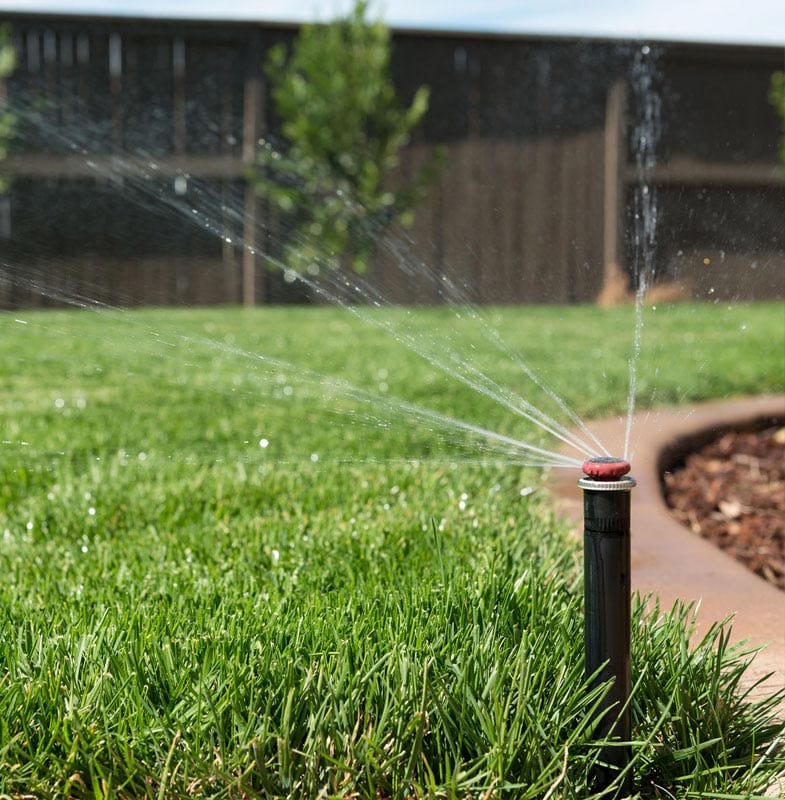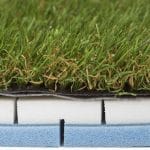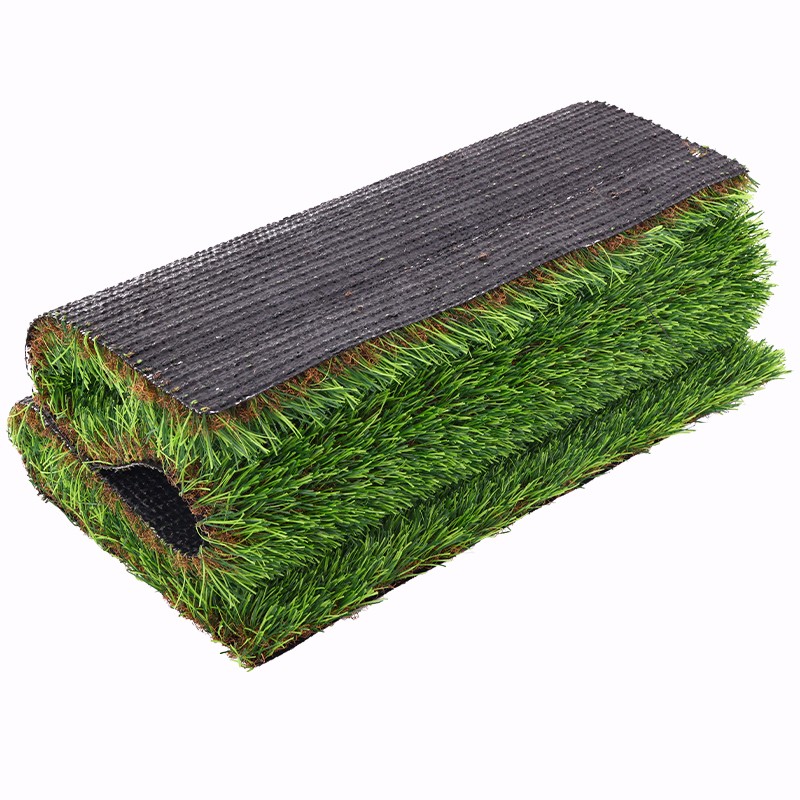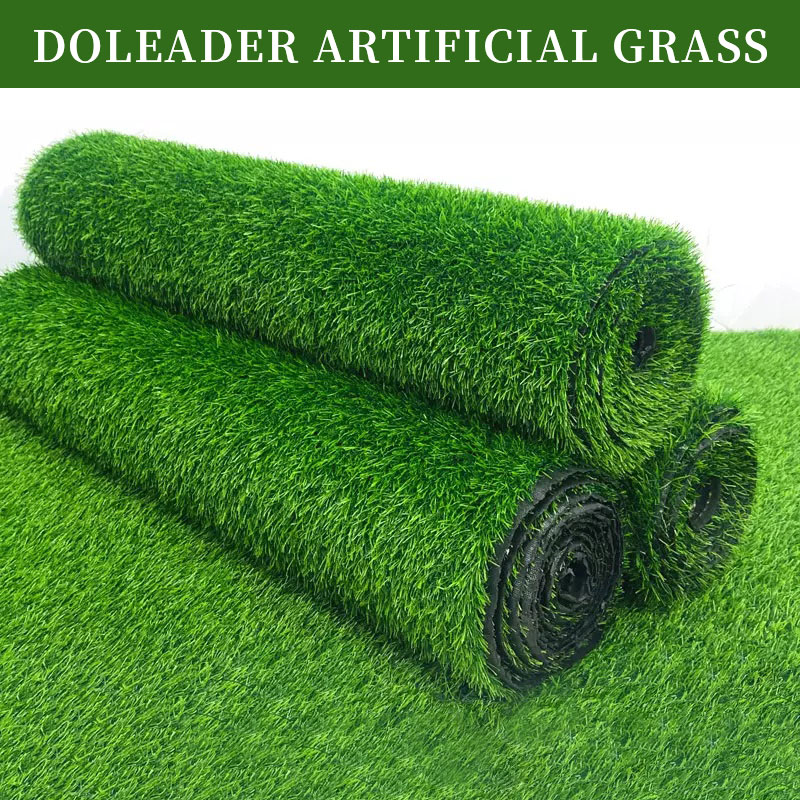
As the popularity of artificial grass continues to rise, homeowners and landscaping enthusiasts are increasingly concerned with maintaining the vibrant, natural appearance of their synthetic turf. One key aspect that garners significant attention is the irrigation system required to keep artificial grass lush and healthy. This article delves into the nuances of artificial grass irrigation, equipping readers with the knowledge to effectively water and nourish their lush, verdant landscapes.
Proper irrigation is essential for artificial grass, as it helps to keep the synthetic fibers supple, prevent discoloration, and maintain the overall aesthetic appeal of the installation. Unlike natural grass, which requires regular watering to sustain its growth, artificial grass relies on a carefully designed irrigation system to mimic the effects of rainfall and maintain its visual appeal.
When it comes to artificial grass irrigation, the primary consideration is the selection of the right system. This often involves a combination of sprinklers, drip lines, and even subterranean irrigation to ensure even distribution of water across the entire surface. The specific design of the irrigation system should take into account factors such as the size and shape of the artificial grass area, the local climate, and the desired watering frequency.
In addition to the system design, homeowners and landscapers must also consider the water supply and pressure requirements. Artificial grass, with its dense, compact surface, can often necessitate a higher water flow rate and pressure compared to traditional landscaping. Ensuring the irrigation system is properly calibrated and capable of delivering the necessary water volume is crucial for maintaining the lush, vibrant appearance of the artificial turf.
Proper maintenance and programming of the irrigation system are equally important. Regular inspections to identify and address any leaks, clogged nozzles, or malfunctioning components are essential. Additionally, adjusting the watering schedule based on seasonal changes, weather patterns, and the specific needs of the artificial grass can help to optimize water usage and prevent over- or under-watering.
By investing in a well-designed and properly maintained artificial grass irrigation system, homeowners and property owners can enjoy the many benefits of this low-maintenance, eco-friendly landscaping solution. From the lush, verdant appearance to the reduced water consumption and environmental impact, artificial grass with a robust irrigation system can truly transform outdoor spaces into oases of beauty and sustainability.
Through a deeper understanding of artificial grass irrigation, readers will be empowered to create and maintain exceptional, nature-inspired landscapes that seamlessly blend form and function. By leveraging the latest irrigation technologies and best practices, they can ensure their artificial grass remains a vibrant, long-lasting addition to their property, elevating the overall aesthetic and value of their outdoor living spaces.










